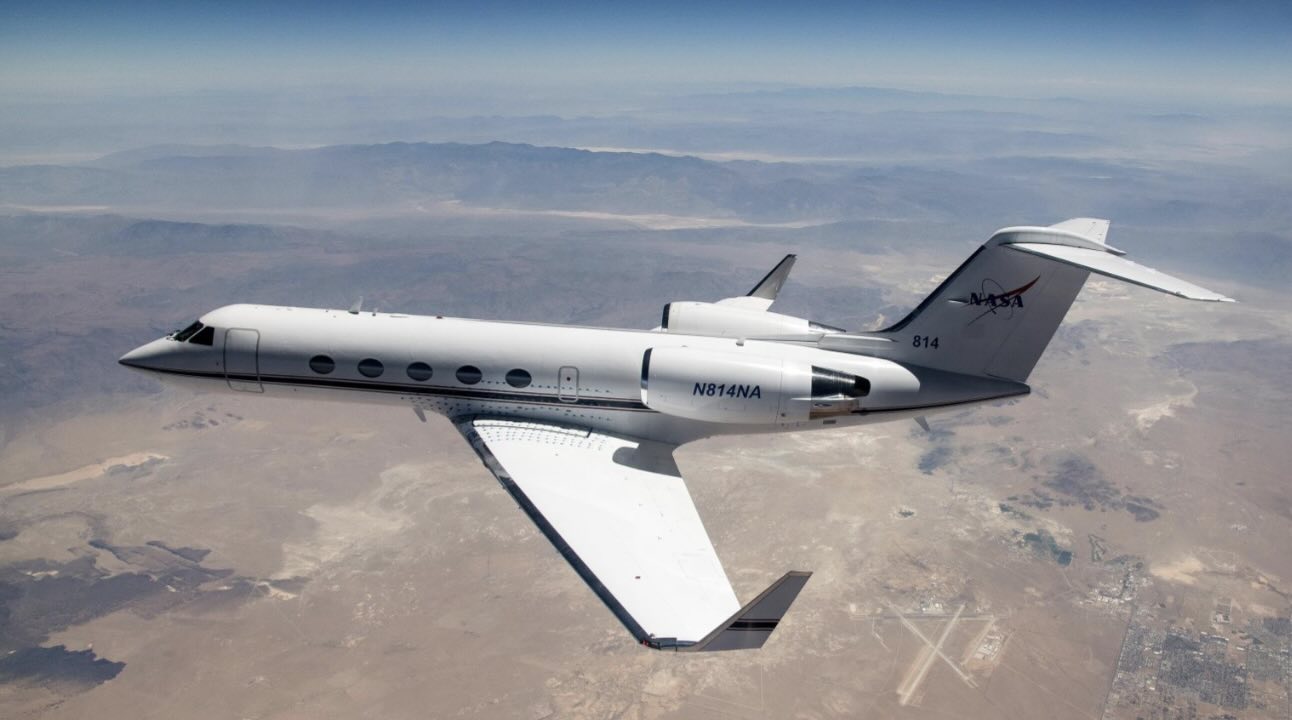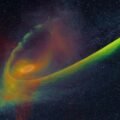NASA’s latest aircraft may not be leaving Earth’s atmosphere, but the heavily modified Gulfstream IV twin jet will significantly enhance the agency’s data collection capabilities for Earth science missions.
Originally introduced in 1985, the Gulfstream IV (G-IV) is commonly used by the U.S. military and its allies for non-combat operations. Now, this aircraft is getting a second life as part of a scientific mission with NASA.
Taking inspiration from the National Oceanic and Atmospheric Administration (NOAA), NASA has outfitted the G-IV with advanced scientific instruments. The aircraft joined NASA’s fleet in February 2024, stationed at the Armstrong Flight Research Center in Edwards, California. While NASA is best known for space exploration, it is also deeply committed to Earth science, a focus the modified G-IV will support.
NASA’s test pilots have been flying the stock G-IV since June, collecting data on the jet’s handling and familiarizing themselves with its controls. These preliminary flights have established a baseline for the aircraft’s performance, and engineers are now working to install next-generation radar systems, with an expected completion date of October 11.
Once these modifications are complete, the G-IV will be able to carry a payload of up to 5,610 lbs. With a top airspeed of 459 knots and a maximum altitude of 45,000 feet—similar to that of a commercial Boeing airliner—the G-IV stands out in one significant way: it requires a crew of ten operators to function during its missions.
NASA’s Latest Radar Technology
The G-IV’s primary new system is the Airborne Synthetic Aperture Radar Next Generation (AIRSAR-NG). This radar emits microwave signals to capture detailed topographical data, allowing NASA to monitor subtle changes in Earth’s surface over time through repeated flyovers. Additional modifications to the G-IV will further increase its capacity to carry scientific instruments, enabling NASA to conduct even more dynamic air-based missions in the future.
“The AIRSAR-NG will feature three different Synthetic Aperture Radar antennas in a single instrument, providing more efficient insights into Earth’s surface,” said Yunling Lou, principal investigator at NASA’s Jet Propulsion Laboratory in Southern California. “This new capability will enable techniques like three-dimensional imaging, which will be beneficial for future space-borne missions.”
The Armstrong Flight Research Center’s Role
Originally established in 1946 as the National Advisory Committee for Aeronautics Flight Test Unit, the facility has undergone several name changes before becoming the NASA Neil A. Armstrong Flight Research Center (AFRC) in 2014. Located primarily at Edwards Air Force Base, the center is NASA’s leading hub for aeronautical research.
Franzeska Becker, project manager for the G-IV mission, connected the aircraft’s role to AFRC’s overall goals: “This aircraft will help Armstrong continue its long tradition of supporting airborne science for the agency, ensuring we maintain our expertise in conducting successful science missions for years to come.”
The Airborne Science Program
The G-IV is part of NASA’s Airborne Science Program, which is also based at the Armstrong Flight Research Center. The program supports NASA’s Earth science mission through the use of high-altitude aircraft, both manned and unmanned, that are equipped with cutting-edge sensors. Although Earth science is its primary focus, the program’s tools have been used in a variety of fields, including archaeology and forestry.
With the proper approval, researchers can harness these airborne technologies to push the boundaries of their respective fields, demonstrating that when it comes to scientific exploration, the sky is the limit.
Ryan Whalen covers science and technology for The Debrief. He holds a BA in History and a Master of Library and Information Science with a certificate in Data Science. He can be contacted at ryan@thedebrief.org, and follow him on Twitter @mdntwvlf.

